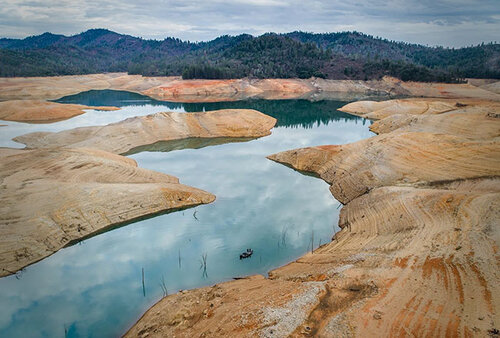
Throughout his career as a tournament pro, Cody Meyer has come to the conclusion that, sometimes, fishing can be a real drag. There’s no avoiding it — that’s just how it is.
But don’t take that the wrong way; a day of dragging is often just what he needs to keep the rod bent. Fact is, there are times when seasonality or conditions make the fish more favorable to biting something that creeps or bumps along the bottom.
"I think it’s really seasonal and the main (scenario) where it works is when the fish are on crawdads, the water’s cold and the fish are glued to the bottom,” Meyer said. “It could also be a situation where we have a post-frontal day.
“Say we have a lot of rain, maybe those fish were up in the creeks in that running water during the rain. Then it got cold with that north wind and those fish sucked down to the bottom. That’s when dragging really shines.”
WHEN IT’S RIGHT
The good thing about dragging is that it works across a broad spectrum of habitats. As Meyer points out, there’s really no wrong place to employ this technique, except for the big, chunk rock or snaggy rock bottoms where the tab for lost baits can rival your gas bill.
“I typically start with long, flat points that extend into the main lake, maybe near a creek channel,” Meyer said. “Dragging can be used in any depth, but it’s typically deep water because it’s such an effective way to catch them.
“If they’re in 30-60 feet, a lot of times you make a cast and by the time a bait hits the bottom, you work it and you reel it in; you’re just wasting your time. With dragging, your bait’s always in the right zone. Any season, when they’re on the bottom, it’s hard to beat — especially in clear water fisheries with high fishing pressure.”
Noting that dragging also has an application for the spring spawn, Meyer clarifies a technique point


 Advertising
Advertising